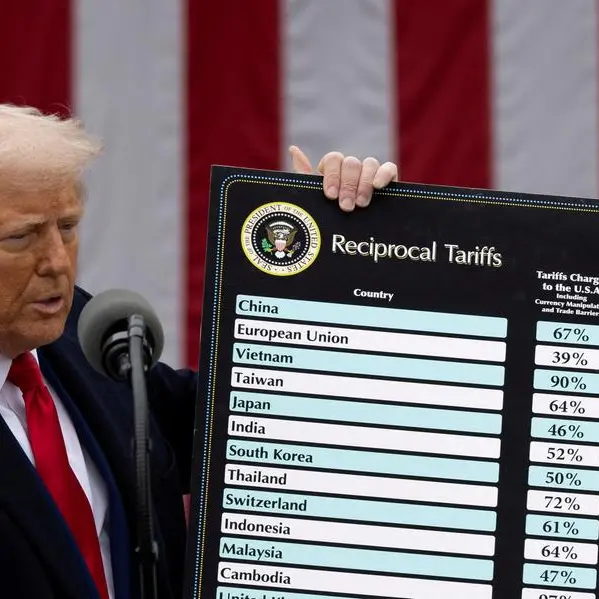PHOTO
Health spending per capita in the country is seen further going down this year amid the high prices of goods and services, according to an economist.
De La Salle University professor and economist Mitzie Irene Conchada said the decline in health spending per capita seen last year 'could continue this year based on the movement of prices of basic commodities.'
Conchada told The STAR via an email that the fading effects of the pandemic could also lead to a decline in the average health spending of every Filipino this year.
Data from the Philippine Statistics Authority (PSA) showed that on average, every Filipino spent P10,059.49 for health goods and services last year, 2.7 percent lower than the P10,341.73 in 2021.
She explained that the primary reason for the decreased health spending per capita last year was the high prices of food items.
'Inflation could have driven households to spend less on health care,' she said.
The country's headline inflation accelerated to 5.8 percent last year, exceeding the two to four percent target set by the Bangko Sentral ng Pilipinas (BSP), from 3.9 percent in 2021.
Last July, inflation further slowed to 4.7 from June's 5.4 percent. This brought the average inflation rate for the January to July period to 6.8 percent, higher than the Bangko Sentral ng Pilipinas' two to four percent target range.
Oxford Economics assistant economist Makoto Tsuchiya said the continuous decline in the total current health spending is unlikely as this tends to increase over time.
'But as a share to GDP (gross domestic product), the surge that was seen during the pandemic is less likely unless there is a substantial effort towards ramped-up spending,' he said.
The country's total health spending slipped by 1.4 percent to P1.2 trillion last year from P1.22 trillion in 2021.
Health spending accounted for 5.5 percent of the country's GDP last year, lower than the 6.3 percent in 2021.
Copyright © 2022 PhilSTAR Daily, Inc Provided by SyndiGate Media Inc. (Syndigate.info).




















